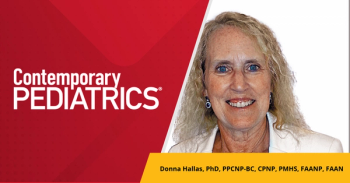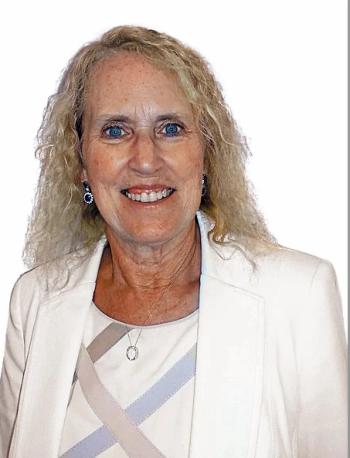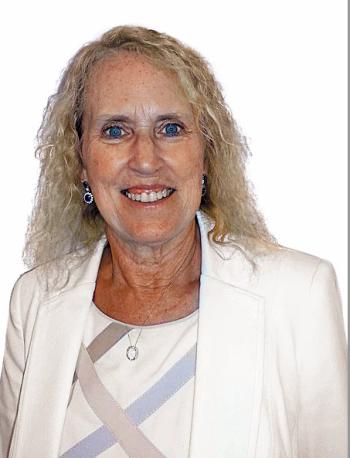
Returning to school, once again, during a surging COVID-19 pandemic
Children are returning to school, amidst a pandemic that is surging and even more dangerous for the pediatric population. How can pediatric nurse practitioners keep children safe?
One year ago, and more than 9 months into the COVID-19 pandemic, everyone was asking if and how children could return to school safely in the unprecedented COVID-19 pandemic.1,2 One year later, with the remarkable successes of the development and free distribution of three COVID-19 vaccines for adults and 1 vaccine approved via emergency use authorization for children aged as young as 12 years, one would think that the return to school would be so much easier. And yet, as we all know, communities, parents, and educators have raised numerous questions on return to school and are strongly divided on 3 major issues: 1) Vaccinating all school personnel (inclusive of educators and all employees within the school system); 2) Wearing masks in school and in school outdoor activities that impact transmission; 3) Complying with other mitigation behaviors that reduce transmission of COVID-19 and in particular, the delta variant. Lois Levine’s interview with Sara Bode, MD,
School nurses and nurse practitioners
School nurses and nurse practitioners (NPs) who practice in school based health care centers (SBHCs) as well as pediatric nurses and NPs who practice in primary care settings also provide guidance on keeping children safe at school to parents, children, and adolescents. In fact, school nurses and NP in SBHCs are on the front lines of controlling the COVID-19 virus in school settings. In addition, they talk with parents who are fearful for their child’s safety and also with parents and educators who are resistant to 1 or all of the safety and health care recommendations such as mask wearing, social distancing, and acceptance of the COVID-19 vaccine. It is a tremendous strain on each of these providers, as our role and passion is caring for children and families with the overall goal of helping parents keep their children healthy and safe. How can we accomplish this goal if there is an overwhelming resistance to safety such as masks and vaccines during a pandemic that attacks those who are most vulnerable, which, as we know, are unvaccinated adults, individuals who are immunocompromised, and children aged younger than 12 years who are not eligible, to date, for the vaccine?
Pediatric nurses and NPs guidance for parents and educators
Supporting the American Academy of Pediatrics position on having children return to school safely, and Dr. Bode’s responses to parental questions is step 1 when considering what to say to parents. Our message should also include the words: COVID-19 is a vaccine-preventable disease and the vaccine is scientifically shown to prevent serious illness, hospitalization, and death.Parents who are vaccinated protect their children from direct household exposure. Although we need to listen to parental and educator concerns, our responses must be strong and firmly focused on our health care mission to protect children, speak with those who are vaccine resistant, and direct those with questions to correct information about the benefits of masks, social distancing, and vaccines.
Trauma prevention
Parents may need to consider potential outcomes of resistant behaviors. The trauma of watching a child who is critically ill, in a pediatric intensive care unit (PICU), is one no parent should want to experience, and may not have considered this as a possible outcome. COVID-19 does cause this trauma and children are in the PICU struggling to breathe in states with low vaccination rates and no public health measures. Parents often report experiencing lifelong trauma after losing a child to any disease or accident. All pediatric nurses and NPs also experience the trauma of these losses. Our message needs to be that these traumas can be prevented and/or minimized through basic safety measures, and we are all responsible for protecting the children in our care, communities, and throughout our country.
Contemporary Pediatrics August 2022
I believe that we are all hoping that the August 2022 edition of Contemporary Pediatrics has a return-to-school article that says we have conquered the COVID-19 beast and that our educational system has been course corrected and the future for our children is bright.
References
1. Hallas, D. Spratling, R. Cupelli, E. Safe return to school: A call to action. Contemporary Pediatrics. 37(8) 16-21.
2. Koslap-Petraco, MB. Taub, A. Hallas, D. Safe return to school: Part 2. Published August 19, 2020. Accessed August 23, 2021.
3. Levine, L. What will the coming school year look like? Contemporary Pediatrics. 38(8) 24-25.
Newsletter
Access practical, evidence-based guidance to support better care for our youngest patients. Join our email list for the latest clinical updates.








